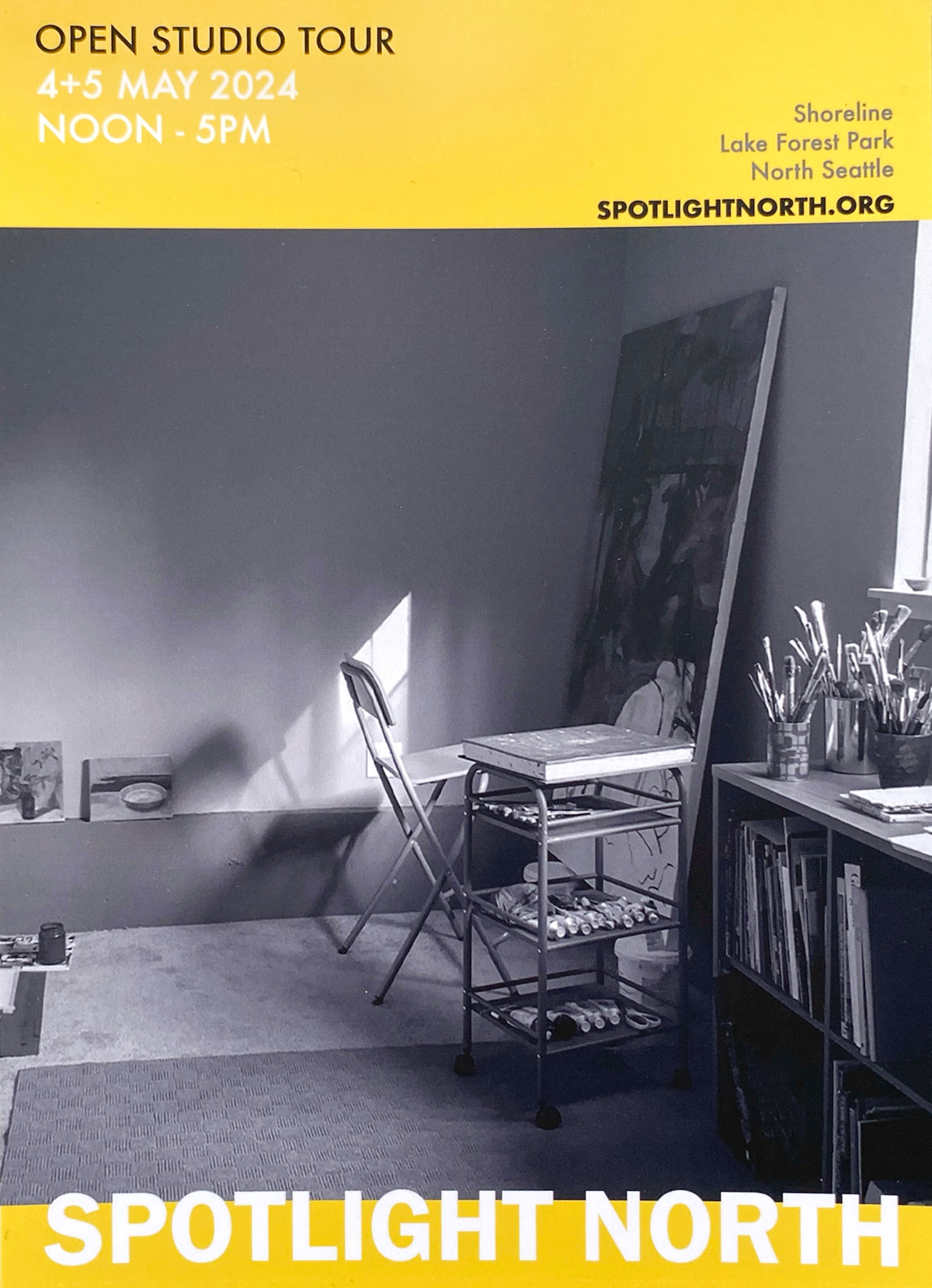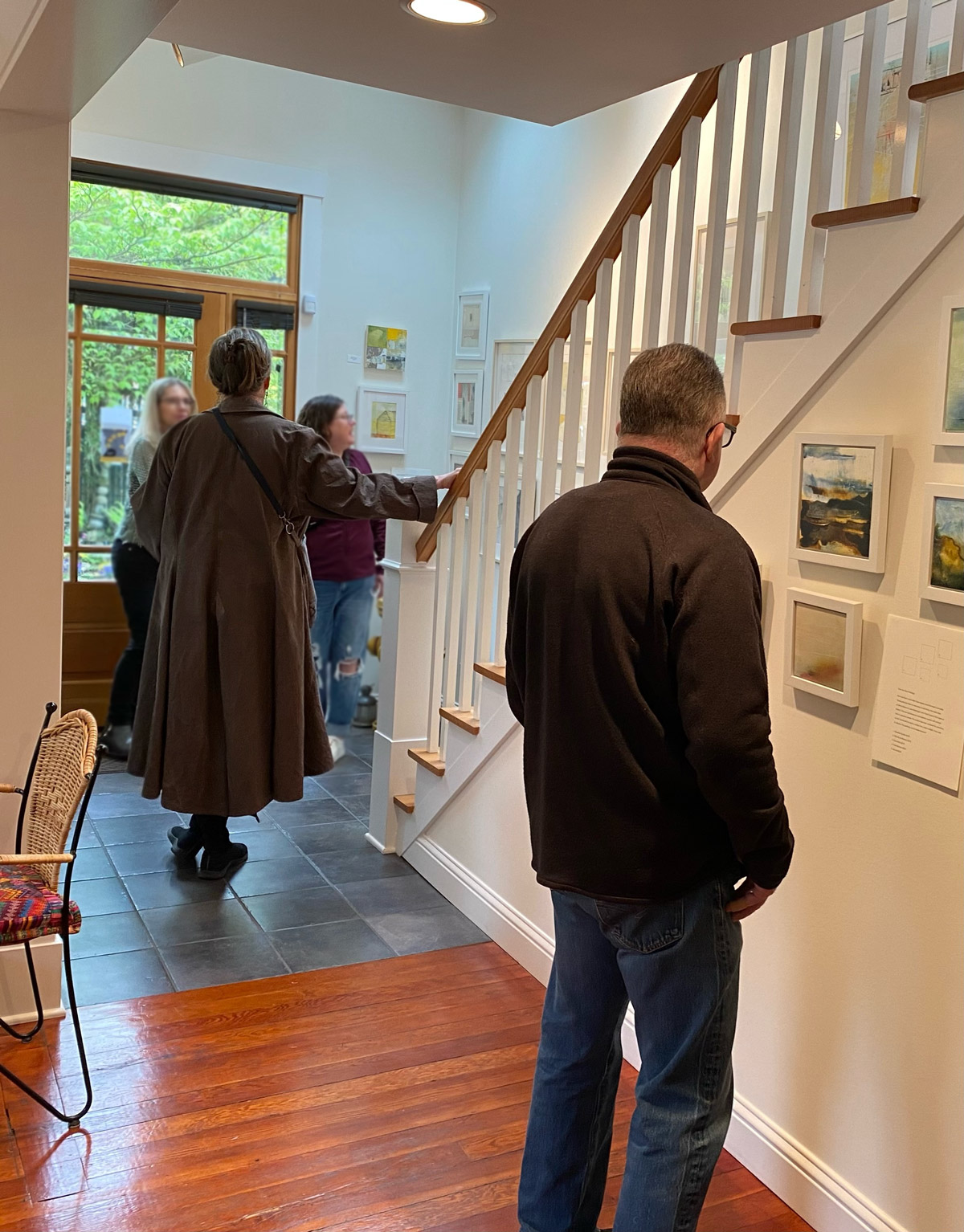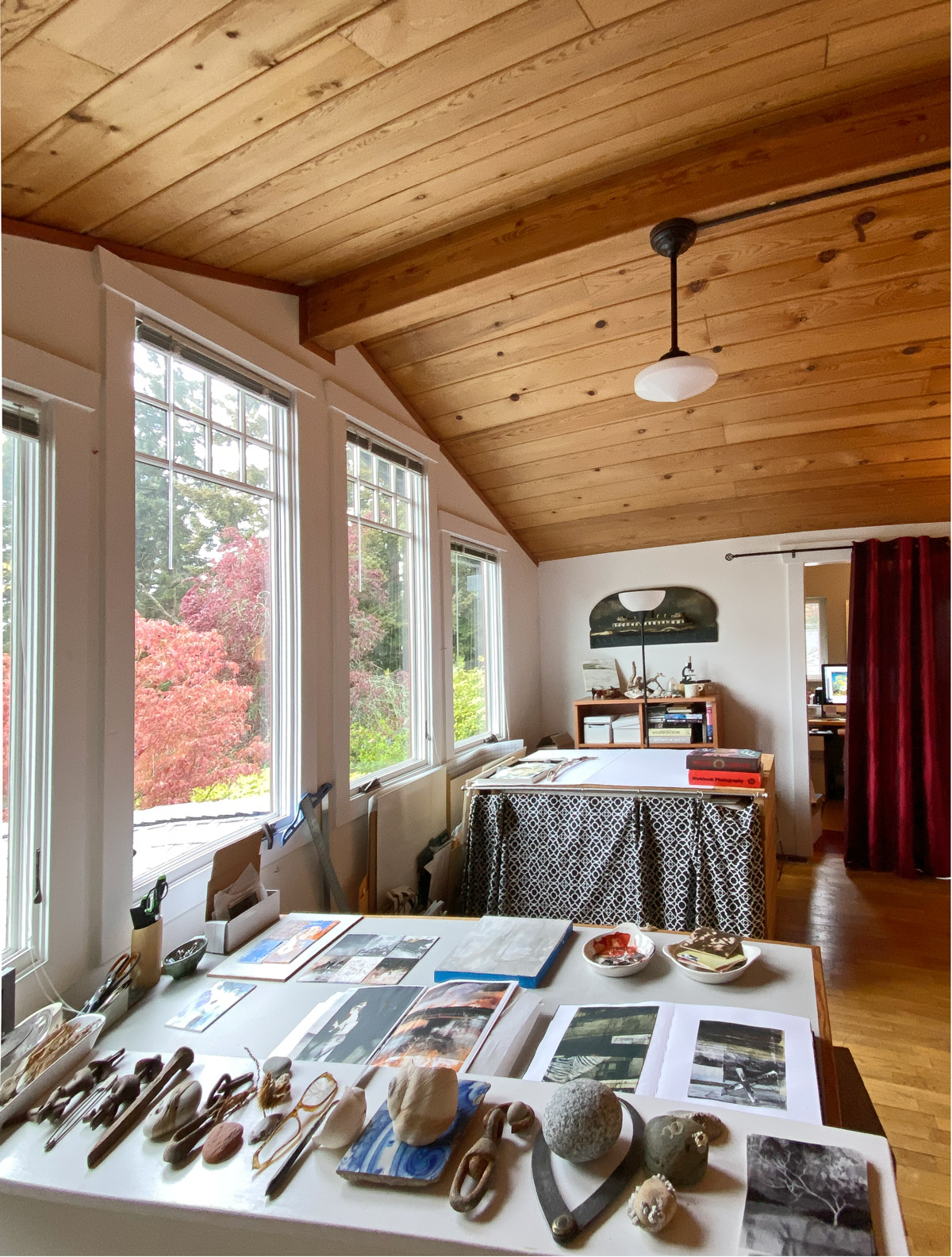
Creating a Sustainable Arts Ecosystem
The word “sustainability” is everpresent today in discussions of climate change and global warming. Less often do we hear it applied to the visual arts, which are themselves part of an ecosystem. Community support for the visual arts tends to be scattershot and fitful, reliant on the generosity of funding organizations and a handful of collectors (like Seattle’s departed Paul Allen) who, though much appreciated, can change their affections without warning or predictability. With state and local governments facing recurring deficits, arts funding is usually the last to be added and the first to be cut. Large ongoing grants from foundations most often go to established organizations like museums, theaters, schools and community associations; even if an artist competes successfully for the rare individual grant, these only fund a fraction of expenses and rarely provide ongoing support.
The path to success in art is rarely direct. Developing a meaningful body of work as an artist can require years of experimentation, skill building and detours into work that may not succeed financially but which is necessary to creative growth. For this process artists need time, a work space and opportunities to test their work in the marketplace. Artists need regular sales of their work and a growing collector base to thrive.
Today the web is increasingly accepted as the replacement for traditional art sales venues, with claims that social media and online shops make galleries obsolete. Granted, success has come to select superstars, but increasingly social media favors “influencers,” brand ambassadors and advertisers, and not actual artists, (AKA “content creators”). The algorithms of Instagram and Facebook surface primarily the minority who are already famous and successful, while offering less and less visibility to artists who need a reliable showcase where their work can connect to buyers.
Art galleries remain an indispensable piece of the equation. Amid the overwhelming billions of images online, a gallery curates. It proves its trust in the quality of the work exhibited by paying for a physical space and the costs of running a business. The brick-and-mortar gallery builds relationships with collectors and provides income for artists. The realities of a successful gallery, however, mean that an artist may only have a show once every 18 months. Unless their work sells at a high price point, an artist needs multiple galleries to make a living solely from those shows.

The Satellite Model
As in other cities, Seattle’s art community has seen major shakeups in the past five years. Between gallery closures, the pressures of gentrification, and pandemic’s shocks, artists have found themselves with fewer options for showing their work and finding an audience. One of the greatest losses has been the disappearance of affordable artist studio buildings like the Polson lofts, where artists could open their studios and be part of the monthly Pioneer Square art walk along with established galleries. As collective buildings have dwindled and work spaces become increasingly unaffordable, more and more artists have left the urban centers to make do with a kitchen table or a basement, or to find a way to create a dedicated studio space in their homes.
In some ways this reflects the overall trend towards work-from-home, and although the out-migration challenges downtown economies, it also points to a new model: the satellite. These village-scale clusters of small bespoke shops and galleries may become a successful replacement for larger concentrated urban retail zones. Promising ventures emerging in Seattle neighborhoods include new galleries like Spectrum in Madrona, AMcE on Capitol Hill and the just-moved in Hall Spassov Gallery in Montlake. Edmonds, just north of Seattle, has become Washington’s first Certified Creative District, with art studios, community arts spaces and galleries. As part of the village concept, open studio events have become increasingly important.
Open Studios and Spotlight North
One of my favorite things about opening up my studio for Spotlight North is getting to have casual conversations with my neighbors, whether they be artists, collectors, art-appreciators or just art-curious. I value the combination of casualness and pointed curiosity. It gives visitors a deeper idea of what the art process is when I can show the tools and tricks – and even the failures –that helped me to find my way in the work.– Emma Jane Royer
Working from home goes back centuries, and cottage industries were the norm for artists and crafts people up until the mid 18th century, when the industrial revolution mechanized and centralized manufacturing and commerce. Although convenient, (with a zero emissions commute!) a home studio does have its drawbacks. Single family homes in residential neighborhoods lack foot traffic and the vital networking large studio buildings provide. Daily routines spent in solitude can leave an artist feeling isolated.
An antidote to this is the open studio tour, during which artists collectively open their home work spaces to the public. This spring Spotlight North held its third studio tour of North King County, with 10 artists in Lake Forest Park, Shoreline, and North Seattle. Unlike the first year, in 2022, when pandemic kept people hesitant to visit interior spaces, we had a terrific turnout, with up to 90 people visiting between open hours of noon to 5 Saturday and Sunday.
I was nervous at first about inviting people into my space but it was a wonderful experience and a great celebration all around. I had good conversations about the work and deepened my connections with friends and colleagues. My neighbors were intrigued to find out more about what I do in that mysterious building behind my house. – Amanda Knowles



All ten artists in the 2024 tour reported great response to their work, with many sales and the beginnings of ongoing connections with new friends and collectors. Visitors came from all around the county, from Bellevue, South and Central Seattle and from Lake City, Lake Forest Park and Shoreline in the north. I was struck personally by how very different it is to show work to people standing next to me, versus through the distancing filter of online algorithms and screens. In my studio and home gallery I had pieces in many media, stretching back well over a decade. It was heartening to see that work throughout my years of experimentation and change could speak to people in different ways and find a home. I was surprised and delighted when an architect who had seen my painting of a flicker in Instagram promotions brought me a two foot tall bird house for inspiration.

As we look to the coming years, the recurring question is: how do we make this tour happen consistently? We were grateful this year, and in the past, for support from King County 4Culture, Cory Whitaker Homes, The Port of Seattle and the City of Shoreline. The two-day event requires hours of work from the artists to promote, manage social media, write grant proposals and coordinate with the press and individual studios. Many artists who came remarked on how much they wished their neighborhood had something similar. The model that I aspire to for Seattle King County is the remarkable Portland Open Studios in Oregon. They have been going strong for 26 years, with ongoing sponsorship from the Regional Arts and Culture Council.
I have heard from many Portland artists how important this two-weekend tour is for them, and how it has created an ongoing collector base that allows their careers to thrive. I hope as we move on from pandemic and look for ways to revive our cities that we remember the importance of the arts, and the individual artists who do so much to create our culture. When visitors stop by with their children to show them how a “real artist” works the next generation sees proof that their creative passions can lead to a career, and that artists are valued. In studio visits students see their teachers in action, and the inspiration of mentorship deepens. People who work at home all day but have never met their neighbors make new friends, and may find a place to learn new skills from teaching artists. Over a weekend of open studios the work-from-home-city can glimpse what it is to be a village. And in practical terms, artists can build a collector base that moves their artwork out into the world and keeps the lights on.
Just as we support initiatives for greening the city and creating a sustainable environment, we need to support the sustainability of our creative culture. I hope within the coming years we can see open studio tours throughout the city, and put this area known for bytes and bits back on the map as a creative mecca. When high tech meets high touch, we build STEAM*. With support for the arts wonderful synergies emerge.
* (Science, Technology, Engineering, Art and Math)
Rosanne Olson says
Yes, yes! Wonderful essay and ideas. The essay shines a ray of hope on a currently state of affairs for the Seattle arts scene. Thank you!
Iskra says
Thank you so much Rosanne!